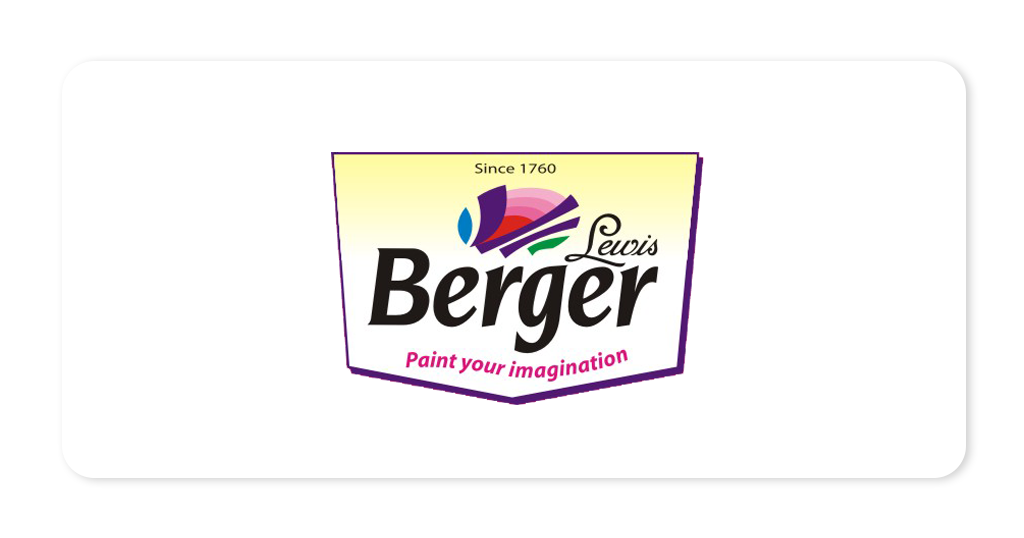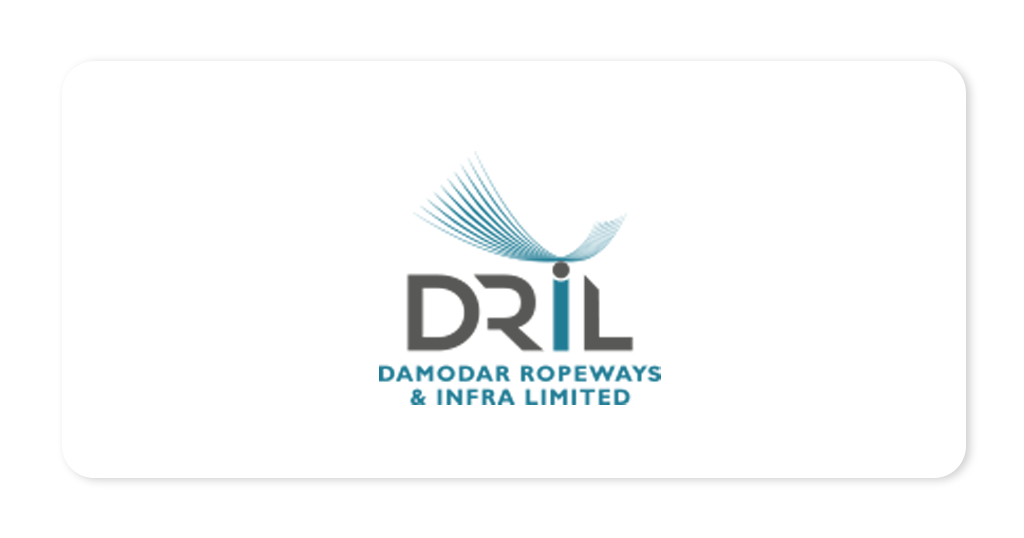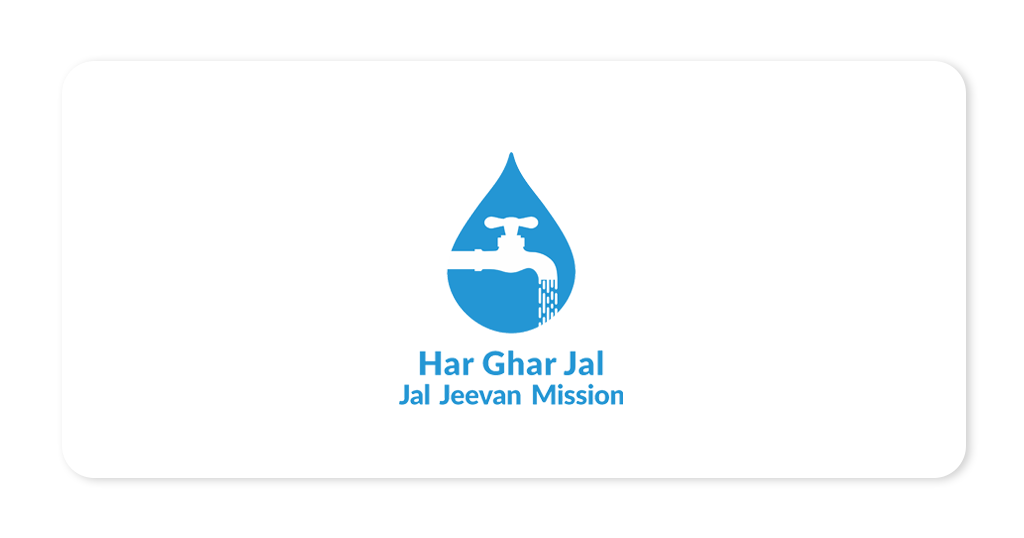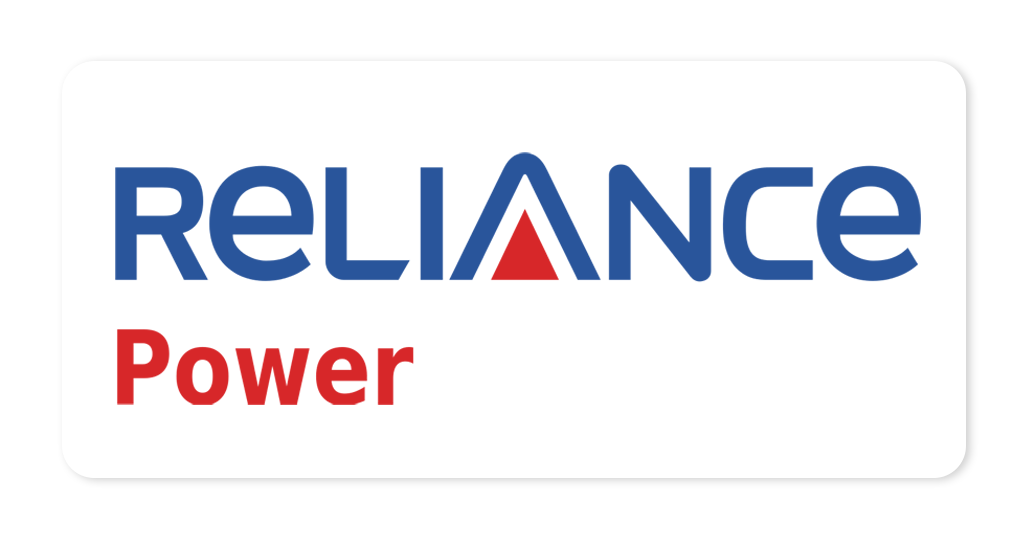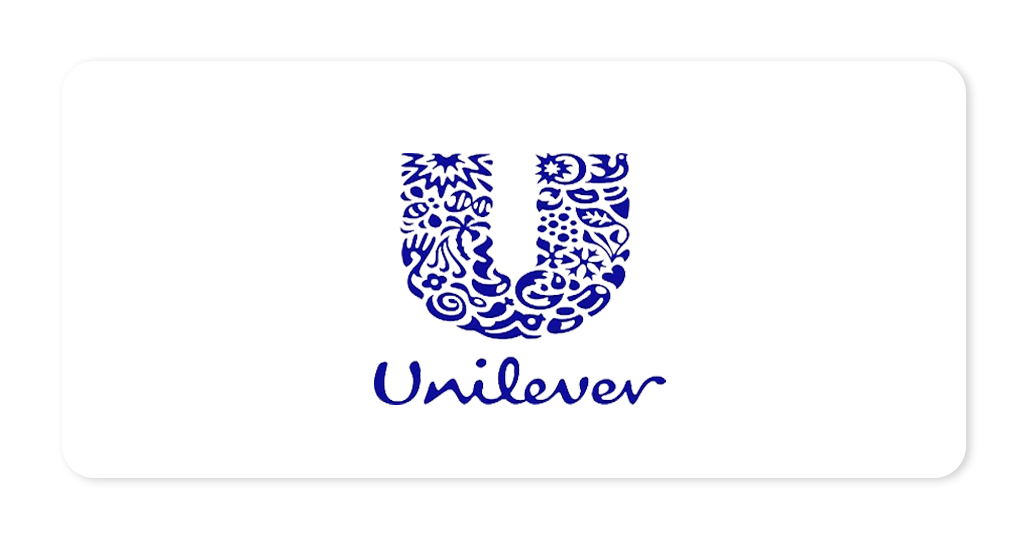21 Sep 2023
Biodiversity Assessment: Using Analytical Tools to Protect Wildlife
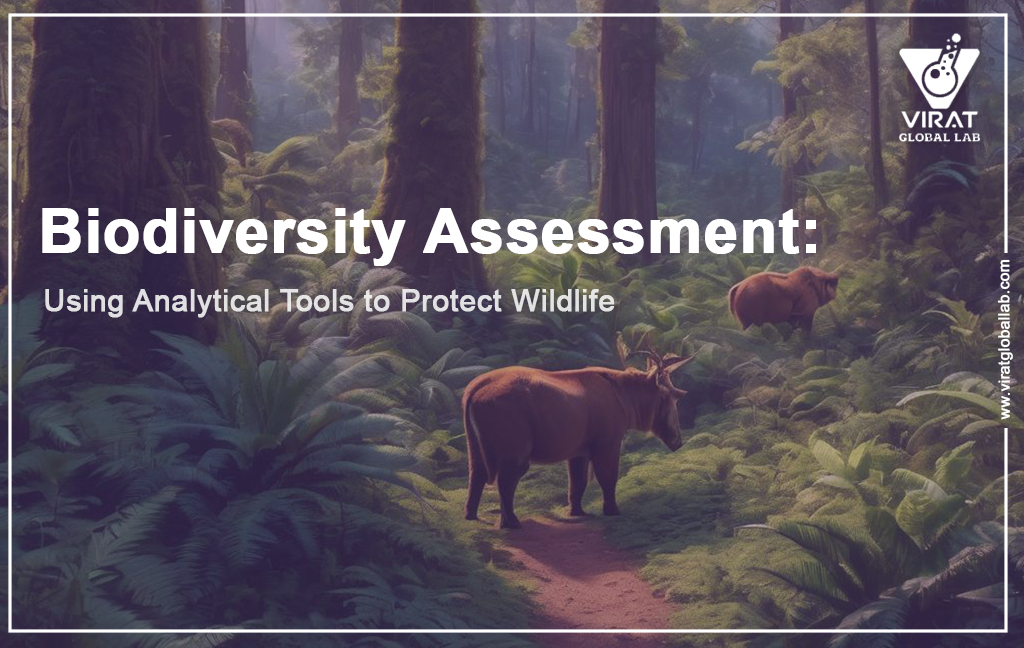
Biodiversity is the intricate web of life that sustains our planet. It encompasses the variety of species, ecosystems, and genetic diversity that exist on Earth. However, biodiversity is facing unprecedented threats due to human activities, including habitat destruction, pollution, climate change, and overexploitation. To safeguard our planet's natural heritage and the countless benefits it provides, we must adopt innovative approaches and utilize analytical tools for biodiversity assessment and conservation. In this blog, we explore the importance of biodiversity assessment and how analytical tools are being leveraged to protect wildlife effectively.
The Significance of Biodiversity
Biodiversity is not just a matter of ecological balance; it plays a fundamental role in supporting human well-being. Here's why biodiversity is so crucial:
- Ecosystem Services: Biodiverse ecosystems provide a wide range of services, including clean air and water, pollination of crops, climate regulation, and disease control. These services are essential for human survival and the global economy.
- Medicine and Innovation: Many pharmaceuticals and technological innovations have been inspired by the diversity of life on Earth. Biodiversity holds the key to potential cures for diseases and solutions to pressing challenges.
- Cultural and Aesthetic Value: Biodiversity is deeply intertwined with human culture, providing inspiration for art, music, and spirituality. Many people find solace, wonder, and recreation in natural environments.
- Genetic Resources: Biodiversity is a treasure trove of genetic resources for agriculture and food security. It ensures the resilience of our food systems in the face of changing conditions.
Biodiversity Assessment: The Foundation of Conservation
To protect biodiversity effectively, we must first understand it. Biodiversity assessment involves the systematic study of species, ecosystems, and genetic diversity within a particular region or globally. This assessment helps in:
- Species Inventory: Identifying and documenting the species present in a given area is essential. It allows scientists and conservationists to track changes in species abundance and distribution.
- Ecosystem Characterization: Assessing the health and functioning of ecosystems helps us understand their role in supporting biodiversity and ecosystem services.
- Threat Analysis: Identifying the major threats to biodiversity, such as habitat loss, climate change, invasive species, and pollution, is crucial for effective conservation planning.
- Monitoring and Evaluation: Regular biodiversity assessments provide data for tracking the success of conservation efforts and making necessary adjustments.
Analytical Tools for Biodiversity Assessment
The field of biodiversity assessment has been revolutionized by the use of advanced analytical tools and technologies. Here are some key tools that are making a significant impact:
- DNA Barcoding: DNA barcoding involves sequencing a short section of an organism's DNA to identify its species. This tool has transformed the speed and accuracy of species identification, even for cryptic or microscopic organisms.
- Remote Sensing: Satellites equipped with remote sensing technology can monitor changes in land cover, deforestation, and habitat fragmentation. This data is invaluable for assessing ecosystem health and tracking threats.
- Geographic Information Systems (GIS): GIS technology allows researchers to map and analyze spatial data related to biodiversity, helping to identify priority areas for conservation and target interventions effectively.
- Camera Traps: Automated camera traps capture images and videos of wildlife in their natural habitats, providing insights into behavior, distribution, and population size, particularly for elusive species.
- Citizen Science: Engaging the public in biodiversity assessment through smartphone apps and online platforms has expanded data collection efforts. Citizen scientists contribute valuable information on species sightings and environmental conditions.
- Big Data and Machine Learning: Analyzing vast datasets with machine learning algorithms helps identify patterns and trends in biodiversity, enabling more informed decision-making.
Conservation Success Stories
The use of analytical tools in biodiversity assessment has led to remarkable conservation successes. Here are a few inspiring examples:
- Giant Panda Conservation: Remote sensing and GIS helped identify critical panda habitat and guide conservation efforts, leading to a significant increase in wild panda populations.
- Whale Shark Conservation: Satellite tracking and citizen science initiatives have improved our understanding of whale shark migrations, aiding efforts to protect these gentle giants.
- Amur Leopard Recovery: Camera traps and genetic analysis have provided valuable data on the Amur leopard, contributing to the species' population recovery in the Russian Far East.
Conclusion
Biodiversity assessment using analytical tools is not just a scientific endeavor; it's a moral and practical imperative. As stewards of this planet, we have a responsibility to protect the rich tapestry of life that sustains us. By harnessing the power of technology and collaboration, we can better understand, appreciate, and conserve the incredible diversity of life on Earth. Let us continue to innovate and work together to ensure a harmonious coexistence with all the species that share our planet. The future of biodiversity and, by extension, our own future, depends on it.
Related Post




